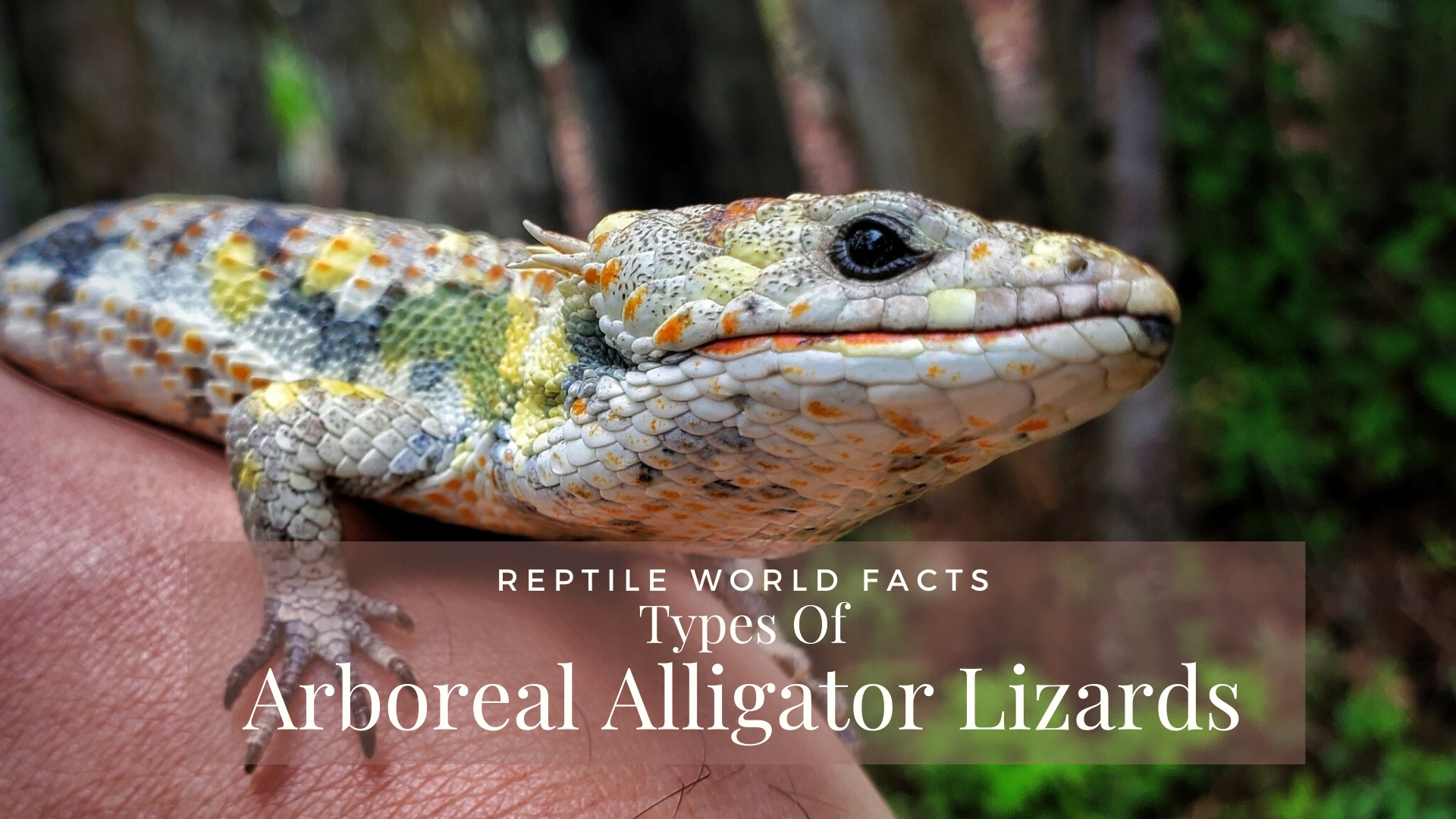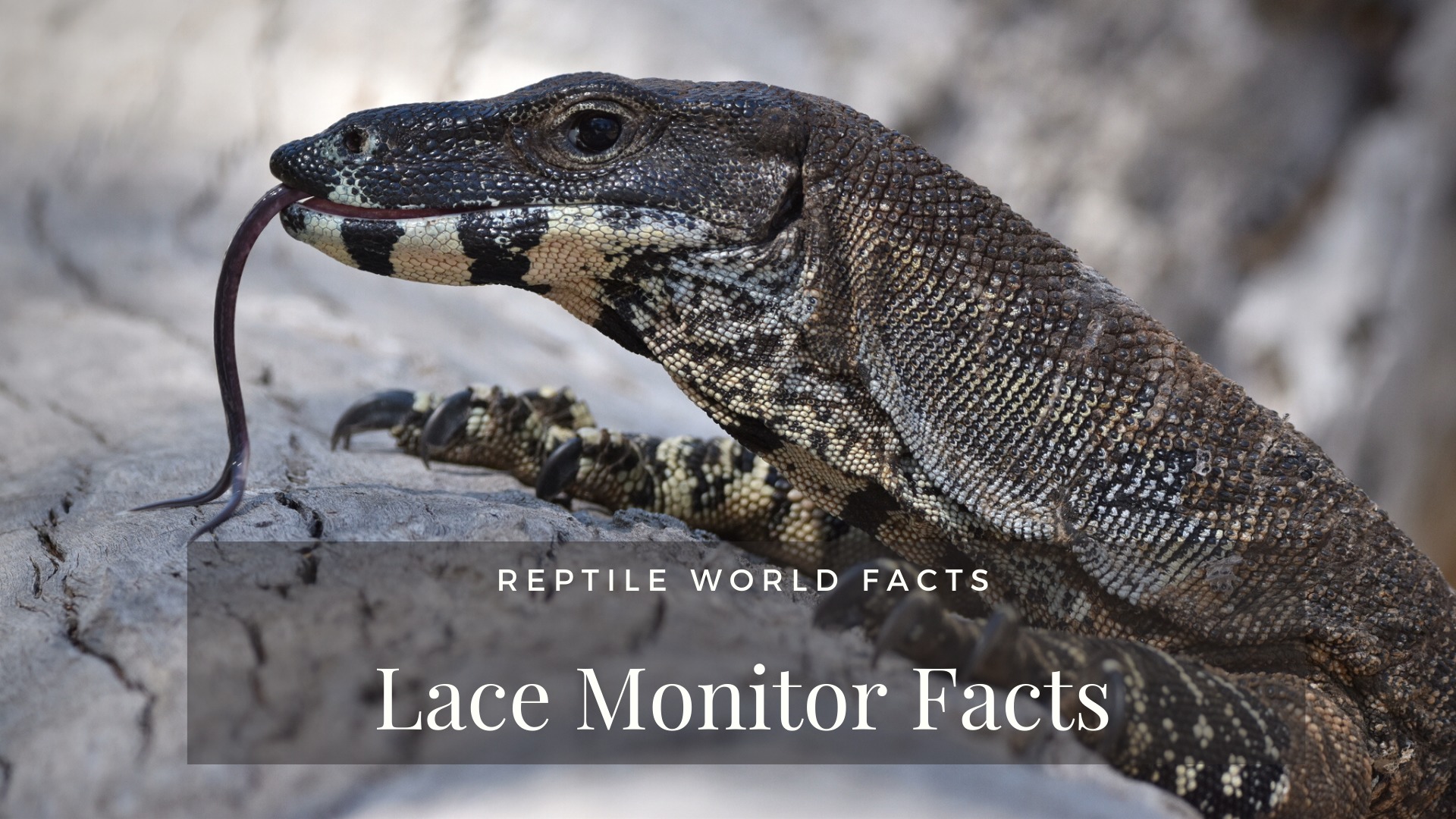Banner Source: here
Quick Facts
Scientific Name: Conolophus subcristatus
Common Names: Galapagos Land Iguana and Common Land Iguana
Geographic Range: Ecuador (Galápagos)
Life Span: Up to 60 years
Conservation Status: Vulnerable
Top 10 List – Galapagos Land Iguana
1. One of Three
The Galapagos land iguana is one of three species of land iguana endemic to the Galapagos Islands. The other two land iguanas are the Santa Fé land iguana (Conolophus pallidus) from Santa Fe Island and the Pink Galapagos land iguana (Conolophus marthae) from Northern Isabela Island.
2. Scientific Name Explained
The Galapagos Land Iguana’s generic name, Conolophus, is derived from two Greek words: conos (κώνος) meaning “spiny” and lophos (λοφος) meaning “crest” or “plume”, which describes the spiny crests along their backs. Its specific name subcristatus is derived from the Latin words sub meaning “lesser” and cristatus meaning “crested”, which refers to the low crest of spines along the iguana’s back. These crests are not as tall as in most iguanas.
3. Bird Friends
Galapagos land iguanas enjoy a symbiotic relationship with the birds of the island – or more specifically, the finches. These birds will perch on the backs of the iguanas and remove parasites and ticks that have attached to the iguana. This provides relief to the iguana, and food for the birds.
4. Sunshine Yellow
Galapagos land iguana’s skin is generally a bright yellow with white, black and brown blotches as well. The yellow is mainly focused around their heads and their bellies, as well as other patches depending on the iguana. They have a short head and powerful hind legs with sharp claws on their toes, as well as a long tail. Just like most iguanas, they have crests running down their head and backs. They can grow to 3-5 feet and weigh up to 25 pounds.
5. Mostly Herbivores

Despite their strong jaws and claws, these iguanas are actually mostly herbivores. They feed mainly on fruit and flowers found around the island, and prickly pears. Fresh water is scarce in their natural habitat, and because of this they eat the prickly pears, which supply water to the iguana. Despite the fact they are mainly herbivores, some individuals have shown that they are opportunistic carnivores. They have occasionally been seen consuming insects and carrion.
6. Iguana Reproduction
Galapagos land iguanas can live anywhere from 50-60 years, so they become sexually active a bit later than other reptiles. This can be anywhere between eight and fifteen years of age – the age depending on which island they are from. Soon after mating, the female iguanas migrate to sandy areas to nest. They will then lay anywhere from 2–20 eggs in a burrow about 20 inches deep in the ground. The female will guard the eggs, protecting them from being dug up by other females, and males may also help to protect the area by head bobbing and tail whipping. The eggs will stay there until they hatch, which can be anywhere from 90 to 125 days later.
7. Hybrid Iguanas

Source
On South Plaza Island the territories of marine iguanas and land iguanas overlap. In this area the two different iguanas will sometimes interbreed, resulting in a hybrid iguana that shows a mixture of features from each of the different species. The most likely pairs are between male marine iguanas and female land iguanas. Despite their long separation time in history, and the fact that they are two distinct species from different genera, the offspring are viable and can be successfully hatched. However, the babies produced are likely sterile.
8. Population
Currently there is an estimated 5,000 and 10,000 land iguanas found in the Galapagos. Galapagos iguanas used to be extremely abundant on Santiago Island, inhabiting every nook and cranny they could find. Over the past 150 years, their population has drastically declined. Entire populations of the Iguanas, including all the iguanas on Santiago Island, have been wiped out by introduced feral animals.
9. Threats To The Population
The biggest threats to the Galapagos Land Iguana are animals that were introduced to the island. These animals include cats, dogs, pigs and rats. Because of these introduced animals, there has been decreases in land iguana populations due to the competition for food and predation of eggs and juveniles. Natural predators in the Galapagos Land Iguana’s habitat tend only to hunt iguanas under a year old (after which they become too big for the predators to eat). However, the introduced cats have been shown to prey upon three and even four year old iguanas.
10. Recovery Efforts
Wild dogs wiped out the last colonies of land iguanas on the Santa Cruz island in 1976. The remaining 60 surviving iguanas were rescued by the Charles Darwin Research Station and entered into a breeding program. A similar population crash also happened on Isabela Island. This also prompted a captive breeding program to be set up on Santa Cruz Island, which still continues today. In addition, there is also a project which is focussing on reintroducing land iguanas back to Santiago Island where they were wiped out.
—
Enjoy this article? Share it with your friends using the links below! Also, leave a comment below and let us know what you think. Thanks for reading!










